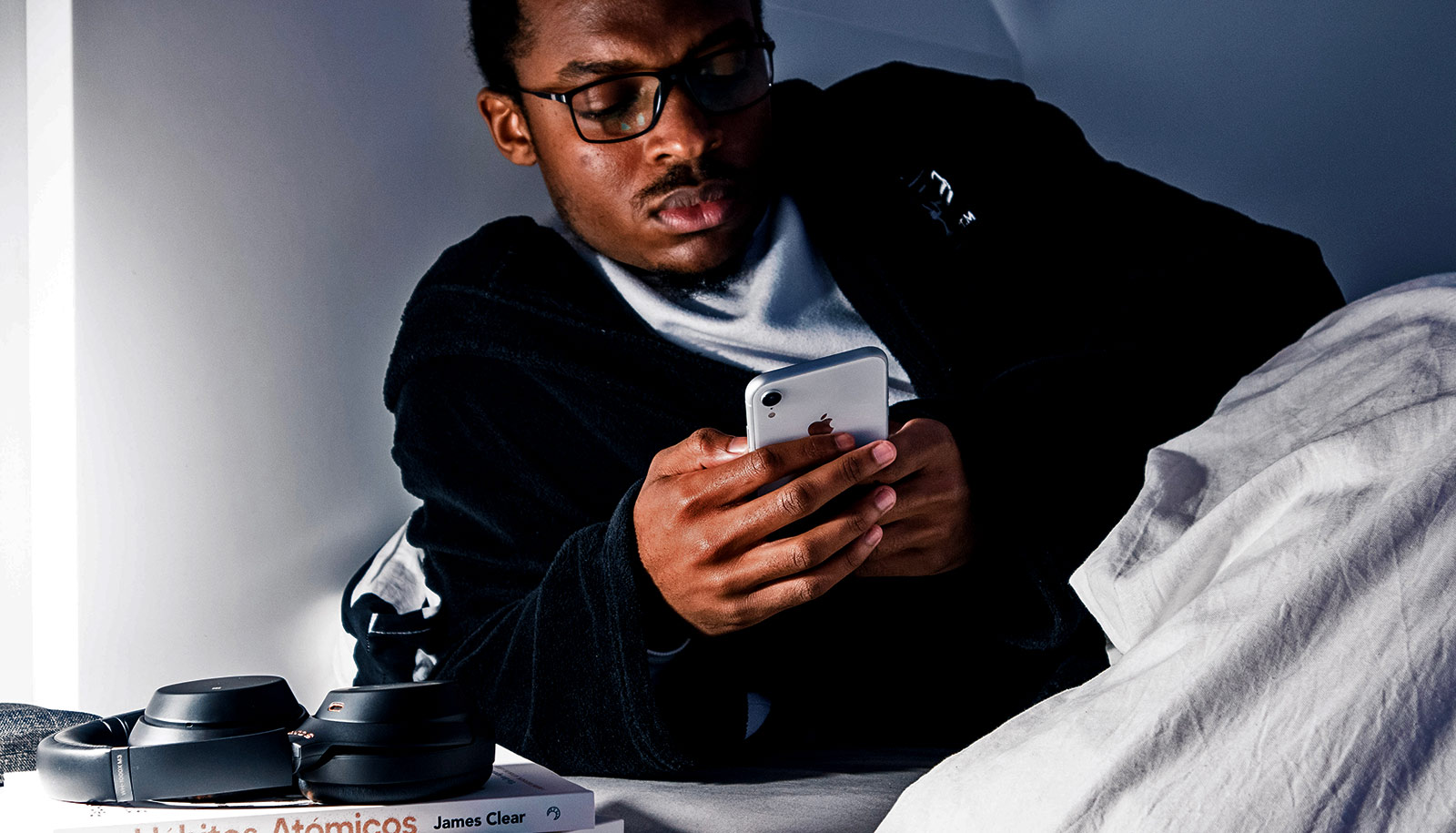Why do people sleep? Scientists have debated this question for ages, but a new study adds fresh clues for solving this mystery.
The findings, published in the Journal of Neuroscience, may help explain how humans form memories and learn, and could eventually aid the development of assistive tools for people affected by neurologic disease or injury.
Scientists studying laboratory animals long ago discovered a phenomenon known as “replay” that occurs during sleep, explains Daniel Rubin, lead author and a neurologist at the Massachusetts General Hospital’s Center for Neurotechnology and Neurorecovery. Replay is theorized to be a strategy the brain uses to remember new information. If a mouse is trained to find its way through a maze, monitoring devices can show that a specific pattern of brain cells, or neurons, will light up as it traverses the correct route.
“Then, later on while the animal is sleeping, you can see that those neurons will fire again in that same order,” Rubin says.
Scientists believe that this replay of neuronal firing during sleep is how the brain practices newly learned information, which allows a memory to be consolidated—that is, converted from a short-term memory to a long-term one. However, replay has only been convincingly shown in lab animals.
“There’s been an open question in the neuroscience community: To what extent is this model for how we learn things true in humans? And is it true for different kinds of learning?” asks neurologist Sydney S. Cash, co-director of the Center for Neurotechnology and Neurorecovery at MGH and co-senior author of the study. Importantly, Cash says, understanding whether replay occurs with the learning of motor skills could help guide the development of new therapies and tools for people with neurologic diseases and injuries.
To study whether replay occurs in the human motor cortex—the brain region that governs movement—the research team enlisted a 36-year-old man with tetraplegia (also called quadriplegia), meaning he is unable to move his upper and lower limbs, in his case due to a spinal cord injury. The man, identified in the study as T11, is a participant in a clinical trial of a brain-computer interface device that allows him to use a computer cursor and keyboard on a screen.
The investigational device in development by the BrainGate consortium, a collaborative effort involving clinicians, neuroscientists, and engineers at several institutions with the goal of creating technologies to restore communication, mobility, and independence for people with neurologic disease, injury, or limb loss. The consortium’s leader is Leigh R. Hochberg, a critical care neurologist at MGH and Veterans Affairs and a professor at Brown University’s School of Engineering affiliated with the University’s Carney Institute for Brain Science.
In the study, T11 was asked to perform a memory task similar to the electronic game Simon, in which a player observes a pattern of flashing colored lights, then has to recall and reproduce that sequence. He controlled the cursor on the computer screen simply by thinking about the movement of his own hand. Sensors implanted in T11’s motor cortex measured patterns of neuronal firing, which reflected his intended hand movement, allowing him to move the cursor around on the screen and click it at his desired locations. These brain signals were recorded and wirelessly transmitted to a computer.
That night, while T11 slept at home, activity in his motor cortex was recorded and wirelessly transmitted to a computer. “What we found was pretty incredible,” Rubin says. “He was basically playing the game overnight in his sleep.” On several occasions, Rubin notes, T11’s patterns of neuronal firing during sleep exactly matched patterns that occurred while he performed the memory-matching game earlier that day.
BrainGate clinical trial participant discusses research on replay in motor cortex during sleep
“This is the most direct evidence of replay from motor cortex that’s ever been seen during sleep in humans,” Rubin says. Most of the replay detected in the study occurred during slow-wave sleep, a phase of deep slumber. Interestingly, replay was much less likely to be detected while T11 was in REM sleep, the phase most commonly associated with dreaming. The researchers see this work as a foundation for learning more about replay and its role in learning and memory in humans.
“Our hope is that we can leverage this information to help build better brain-computer interfaces and come up with paradigms that help people learn more quickly and efficiently in order to regain control after an injury,” says Cash, noting the significance of moving this line of inquiry from animals to human subjects.
Hochberg agrees: “Our incredible BrainGate participants provide not only helpful feedback toward the creation of a system to restore communication and mobility, but they also give us the rare opportunity to advance fundamental human neuroscience—to understand how the human brain works at the level of circuits of individual neurons and to use that information to build next-generation restorative neurotechnologies.”
Support for the research came from the US Department of Veterans Affairs, the National Institute of Neurologic Disease and Stroke, the National Institute of Mental Health, Conquer Paralysis Now, the MGH-Deane Institute, the American Academy of Neurology, and the Howard Hughes Medical Institute at Stanford University.
Source: Brown University via Massachusetts General Hospital



